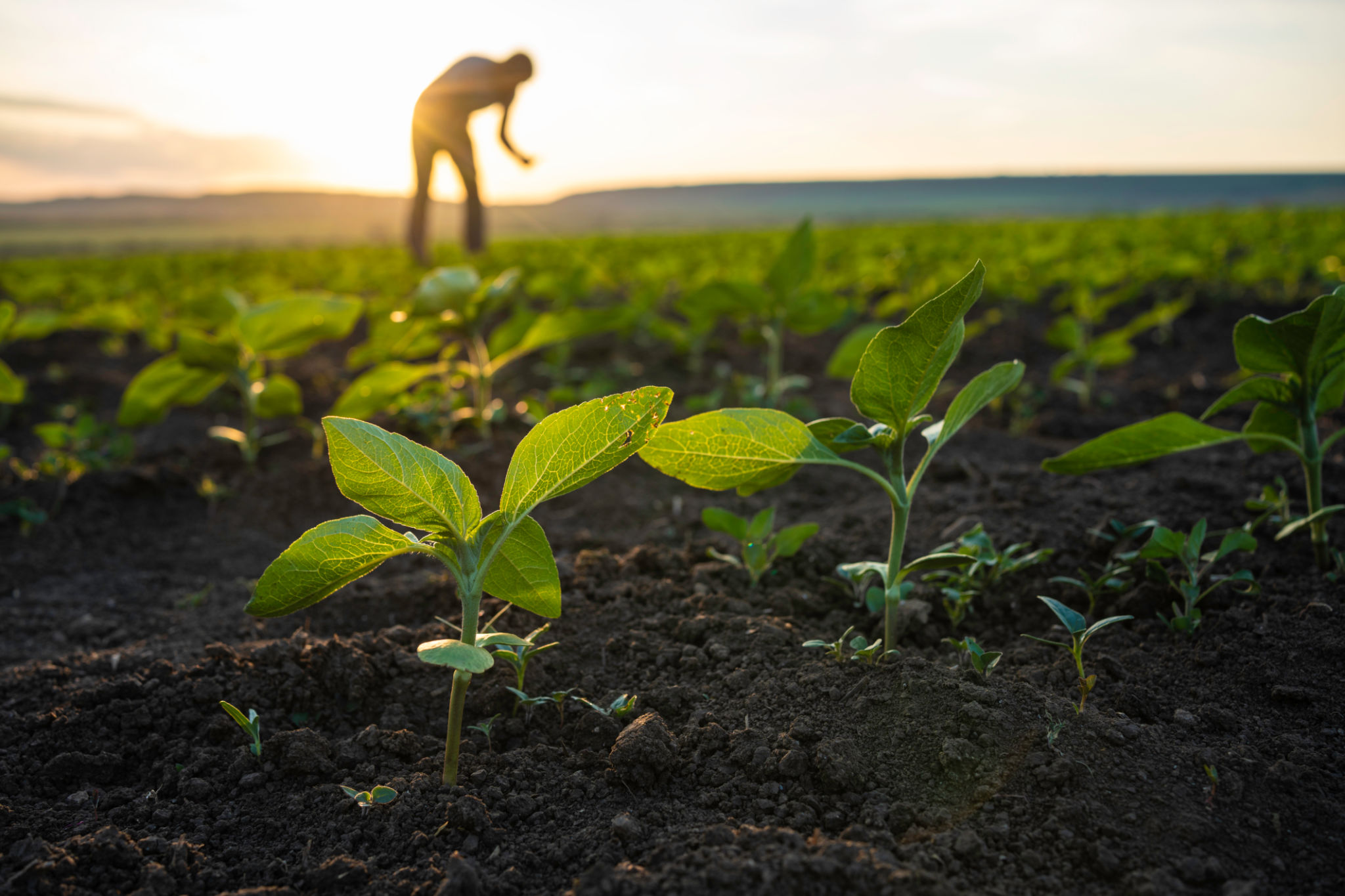The Role of Carbon Financing in Sustainable Agriculture
Understanding Carbon Financing
Carbon financing has emerged as a pivotal mechanism in the fight against climate change. Essentially, it involves the funding of projects that reduce or absorb carbon emissions, thus generating carbon credits. These credits can then be sold to companies or governments aiming to offset their carbon footprint. In the realm of sustainable agriculture, carbon financing offers a unique opportunity to promote practices that are both environmentally friendly and economically viable.
Sustainable agriculture is a farming approach that focuses on producing food in a way that maintains the health of the environment, supports local communities, and ensures economic profitability. By integrating carbon financing into this framework, farmers can access financial resources to implement greener practices while contributing to global efforts to reduce greenhouse gases.

The Benefits of Carbon Financing for Farmers
For farmers, carbon financing presents numerous advantages. Firstly, it provides an additional revenue stream by allowing them to sell carbon credits generated from sustainable practices. This can be particularly beneficial for small-scale farmers who often face financial constraints.
Moreover, adopting carbon-friendly practices can lead to increased resilience against climate change. Techniques like agroforestry, cover cropping, and no-till farming not only sequester carbon but also improve soil health, enhance biodiversity, and increase crop yields. These improvements can help farmers adapt to changing weather patterns and reduce dependency on chemical fertilizers.

Implementing Sustainable Practices
To participate in carbon financing, farmers must implement specific sustainable practices that are verifiable and quantifiable. Some of these practices include:
- Agroforestry: Integrating trees into agricultural landscapes to sequester carbon and enhance biodiversity.
- No-till Farming: Reducing soil disturbance to enhance carbon storage in the soil.
- Cover Cropping: Planting cover crops to improve soil health and capture atmospheric carbon.
By adopting these methods, farmers not only contribute to environmental goals but also enhance their land's productivity and sustainability.

Challenges and Considerations
Despite its potential benefits, carbon financing in agriculture comes with challenges. One major hurdle is the complexity of measuring and verifying carbon sequestration on farms. Accurate measurement requires expertise and technology, which can be costly and difficult for smaller operations to access.
Additionally, there is a need for robust policy frameworks and market structures to ensure that carbon credits are traded fairly and transparently. Farmers must navigate these systems to fully benefit from carbon financing, which can be daunting without proper support and guidance.
The Future of Carbon Financing in Agriculture
The future of carbon financing in sustainable agriculture looks promising as awareness and demand for sustainable practices grow. Advances in technology are making it easier to track and verify carbon sequestration, while evolving policies are creating more accessible markets for carbon credits.
Additionally, collaborations between governments, NGOs, and the private sector are providing farmers with the resources and education needed to participate effectively in carbon markets. By continuing to invest in such partnerships, the role of carbon financing in agriculture will likely expand, benefiting both the environment and farming communities worldwide.

In conclusion, carbon financing offers a compelling opportunity for sustainable agriculture by aligning economic incentives with environmental stewardship. While challenges exist, the potential benefits make it a critical component of efforts to create a more sustainable future for farming.
